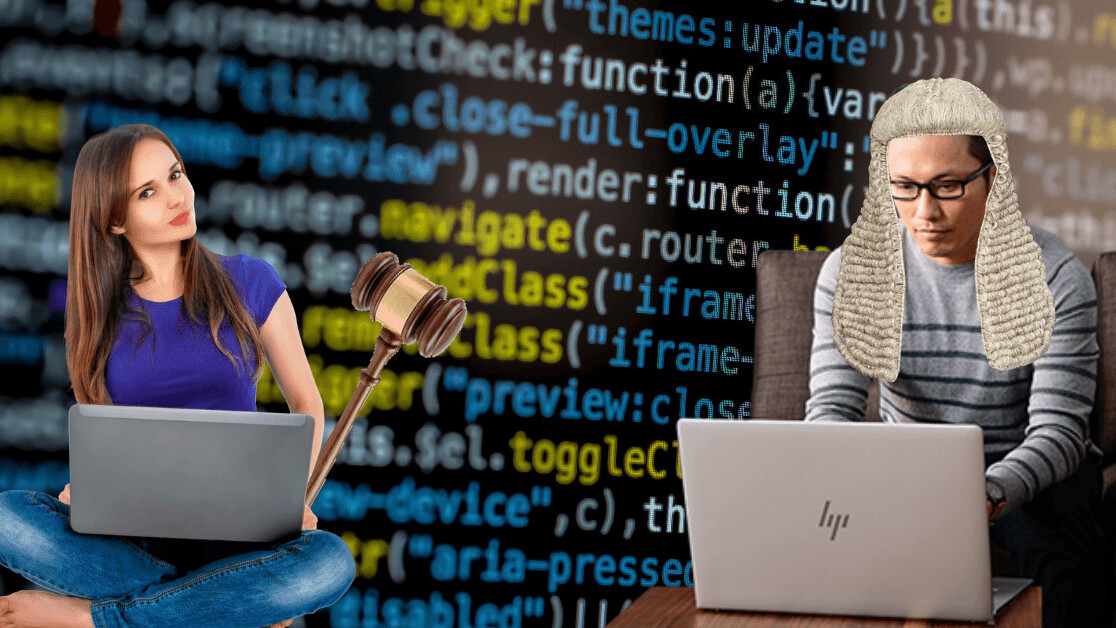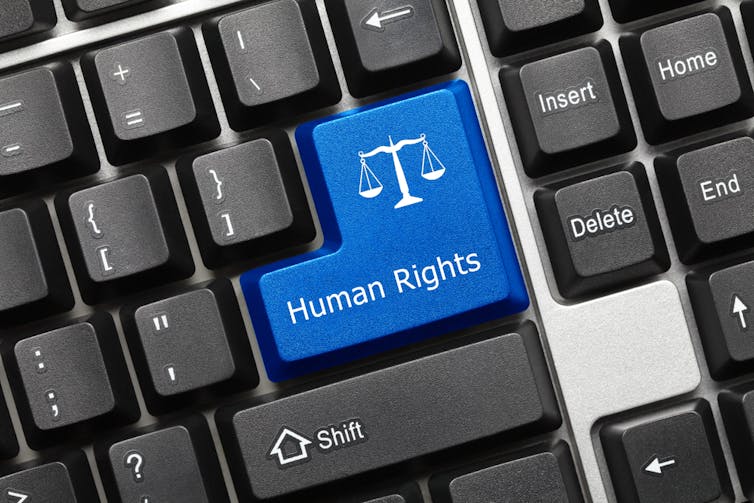
Artificial Intelligence (AI) is finding its way into more and more aspects of our daily lives. It powers the smart assistants on our mobile phones and virtual “home assistants.” It’s in the algorithms designed to improve our health diagnostics. And it’s used in the predictive policing tools used by the police to fight crime.
Each of these examples throws up potential problems when it comes to the protection of our human rights. Predictive policing, if not correctly designed, can lead to discrimination based on race, gender, or ethnicity.
Privacy and data protection rules apply to information related to our health. Similarly, systematic recording and use of our smartphones’ geographical location may breach privacy and data protection rules and it could lead to concerns over digital surveillance by public authorities.
Software engineers are responsible for the design of the algorithms behind all of these systems. It’s the software engineers who enable smart assistants to answer our questions more accurately, help doctors to improve the detection of health risks, and allow police officers to better identify pockets of rising crime risks.
Software engineers do not usually receive training in human rights law. Yet with each line of code, they may well be interpreting, applying, and even breaching key human rights law concepts – without even knowing it.
This is why it is crucial that we teach human rights law to software engineers. Earlier this year, new EU regulation forced businesses to become more open with consumers about the information they hold. Known as GDPR, you may remember it as the subject of numerous desperate emails begging you to opt in to remain on various databases.
GDPR increased restrictions on what organizations can do with your data, and extends the rights of individuals to access and control data about them. These moves towards privacy-by-design and data protection-by-design are great opportunities to integrate legal frameworks into technology. On their own, however, they are not enough.
For example, a better knowledge of human rights law can help software developers understand what indirect discrimination is and why it is prohibited by law. (Any discrimination based on race, color, sex, language, religion, political, or other opinion, national or social origin, property, association with a national minority, birth or other status is prohibited under article 14 of the European Convention on Human Rights.)
Direct discrimination occurs when an individual is treated less favorably based on one or more of these protected grounds. Indirect discrimination occurs when a rule that is neutral in appearance leads to less favorable treatment of an individual (or a group of individuals).
Similarly, understanding the intricacies of the right to a fair trial and its corollary, presumption of innocence, may lead to better informed choices in algorithm design.
That could help avoid the possibility that algorithms would presume that the number of police arrests in a multi-ethnic neighborhood correlates with the number of effective criminal convictions.
Even more importantly, it would assist them in developing unbiased choices of datasets that are not proxies for discrimination based on ethnicity or race.
For example, wealth and income data combined with geographic location data may be used as a proxy for the identification of populations from a certain ethnic background if they tend to concentrate in a particular neighborhood.
Legal code
Likewise, a better understanding of how legal frameworks on human rights operate may stimulate the creation of solutions for enhancing compliance with legal rules.
For instance, there is a great need for technological due process solutions, by which individuals could easily challenge AI-based decisions made by public authorities that directly affect them. This could be the case of parents who would be wrongly identified as potential child abusers by opaque algorithms used by local authorities.
Such solutions could also be relevant to the private sector. For example, decisions on insurance premiums and loans are often determined by profiling and scoring algorithms hidden behind black boxes. Full transparency and disclosure of these algorithms may not be possible or desirable due to the nature of these business models.
Thus, a due process-by-design solution could allow individuals to easily challenge such decisions before accepting an offer.
As our contemporary societies inexorably evolve towards intensive AI applications, we need to bear in mind that the humans behind the AI curtain have the power to make (mis)informed decisions that affect us all.
It is high time that resources and energy are reverted towards educating them not only in cutting edge technology – but also on the relevant human rights rules.![]()
This article is republished from The Conversation by Ana Beduschi, Senior Lecturer in Law, University of Exeter under a Creative Commons license. Read the original article.
Get the TNW newsletter
Get the most important tech news in your inbox each week.





